How to Properly and Completely Distribute Vannamei Shrimp Fry
Fry are usually distributed when they reach PL10 to PL15. Additionally, they often need to undergo various tests to ensure their quality. During the distribution process, fry cannot be immediately released into the pond. Instead, it’s necessary to adjust the temperature first to prevent stress, which can lead to mortality. Read on to learn more about the proper and correct method for distributing Vaname shrimp fry.
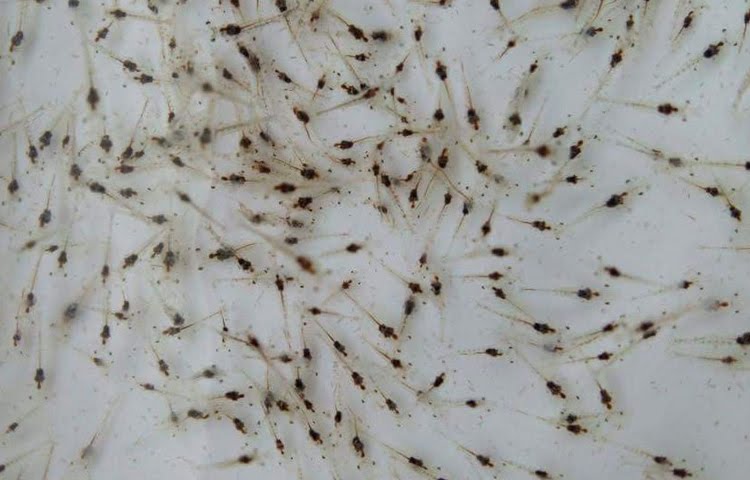
Characteristics of Good Fry
As one of the keys to successful Vaname shrimp cultivation, you must ensure that the fry to be distributed are of ideal quality. Here are some characteristics to look for:
1. Uniform Fry Size
Fry with uniform size indicate high quality. Uniform size suggests that the fry have grown normally and received consistent nutrition. Additionally, uniform fry size can prevent cannibalism.
2. No Physical Deformities
Healthy fry should have complete and well-developed body parts, including straight tails, perfectly shaped eyes and eye stalks, and intact swimmerets.
3. Full Gut Content
Healthy fry should have a full gut as an indication of good feeding. Conversely, fry with empty guts may mean they are not eating or are experiencing stress.
4. Active Fry Movement
Another sign of quality fry is their active and agile movement, which is assessed through activity tests. This is because fry are sensitive to external stimuli.
5. Free from Various Diseases
Shrimp diseases can be transmitted from broodstock to fry. Therefore, shrimp farmers must ensure that the fry are free from various pathogens through PCR testing.
6. Passes Stress Tests
Minimizing stress on fry is a top priority during the hatchery process. Stressed fry have a lower chance of survival.
7. Sourced from a Trusted Hatchery
To obtain the highest-quality fry, you should get them from a trusted hatchery. This ensures that the breeding process has been closely monitored to maintain quality.
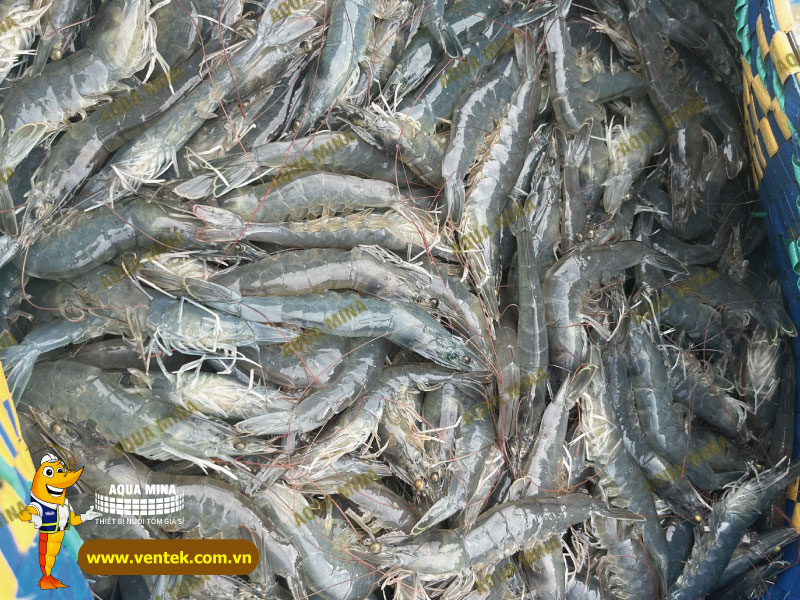
How to Distribute Vannamei Shrimp Fry
1. Choosing the Right Distribution Time
Before distributing vannamei shrimp fry, you must determine the appropriate time for their release. Typically, fry are distributed in the morning or evening when the air temperature is lower to minimize fry stress.
Also, ensure that the weather conditions are stable to prevent sudden changes in the pond water quality parameters.
2. Pond Preparation
Preparation of the aquaculture pond is a critical aspect of the vannamei shrimp fry distribution process. Ensure that the pond is free from various pests and pathogens that could harm the fry.
Additionally, check that the water parameters in the pond are within the optimal range, including pH, alkalinity, salinity, dissolved oxygen, and water temperature. If all these parameters are in the optimal range, you can start transferring the fry to the pond while keeping them in plastic bags to allow them to acclimate.
3. Fry Adaptation to Pond Water
After the pond is ready, you cannot simply release the fry directly. They need to go through an adaptation process to prevent sudden environmental changes that may stress the shrimp.
This adaptation is done by floating the bags containing the fry in the pond for 15-30 minutes. Then, open the bags, measure the salinity and temperature of the water inside the bags and in the pond. The temperature difference should not exceed 2 degrees Celsius, and the salinity difference should not be more than 5 ppt.
To expedite the adaptation, you can gradually add pond water to the bags until the temperature and salinity match.
4. Distributing Fry into the Pond
Once the fry have adequately adapted to the pond environment, you can release them into the pond. Adapted fry will exhibit active movement and swimming within the bags.
Fry can be released into the pond using two methods: the first involves slowly releasing them directly, and the second method involves adding Artemia (natural shrimp feed) first and then, after 30 minutes, releasing the shrimp through a tube using the force of gravity.
5. Initial Feeding (Blind Feeding)
After distributing the fry into the pond, provide appropriate initial feed to support their growth and survival. Blind feeding can be employed from day-old postlarvae (DOC 1) up to day-old postlarvae 30 (DOC 30).
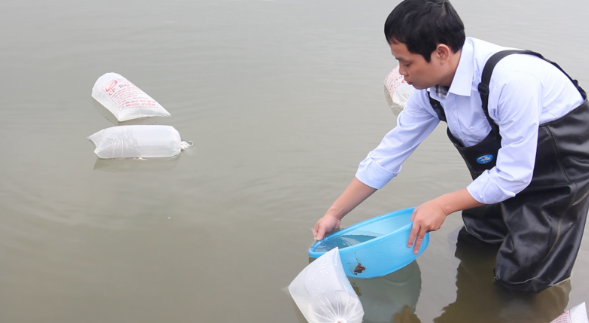
Cre: DELOS Aqua
Ngày đăng : 17/02/2024
1176 View
Other Articles








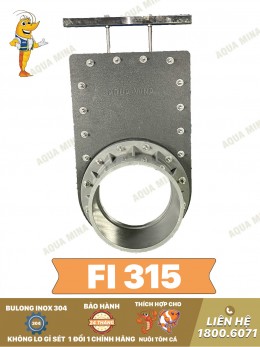
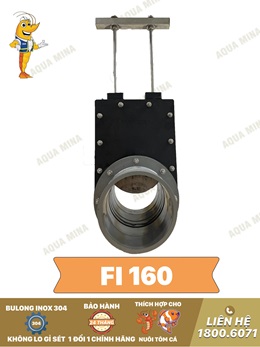

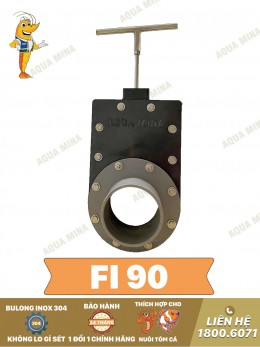
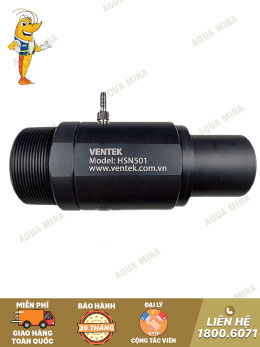
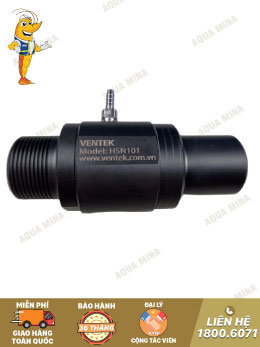

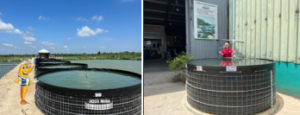
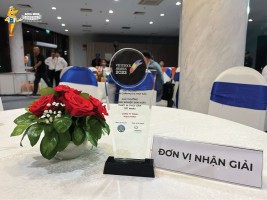
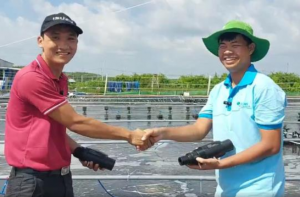
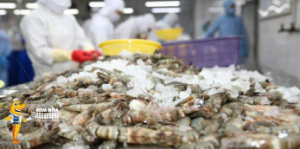
.jpg)